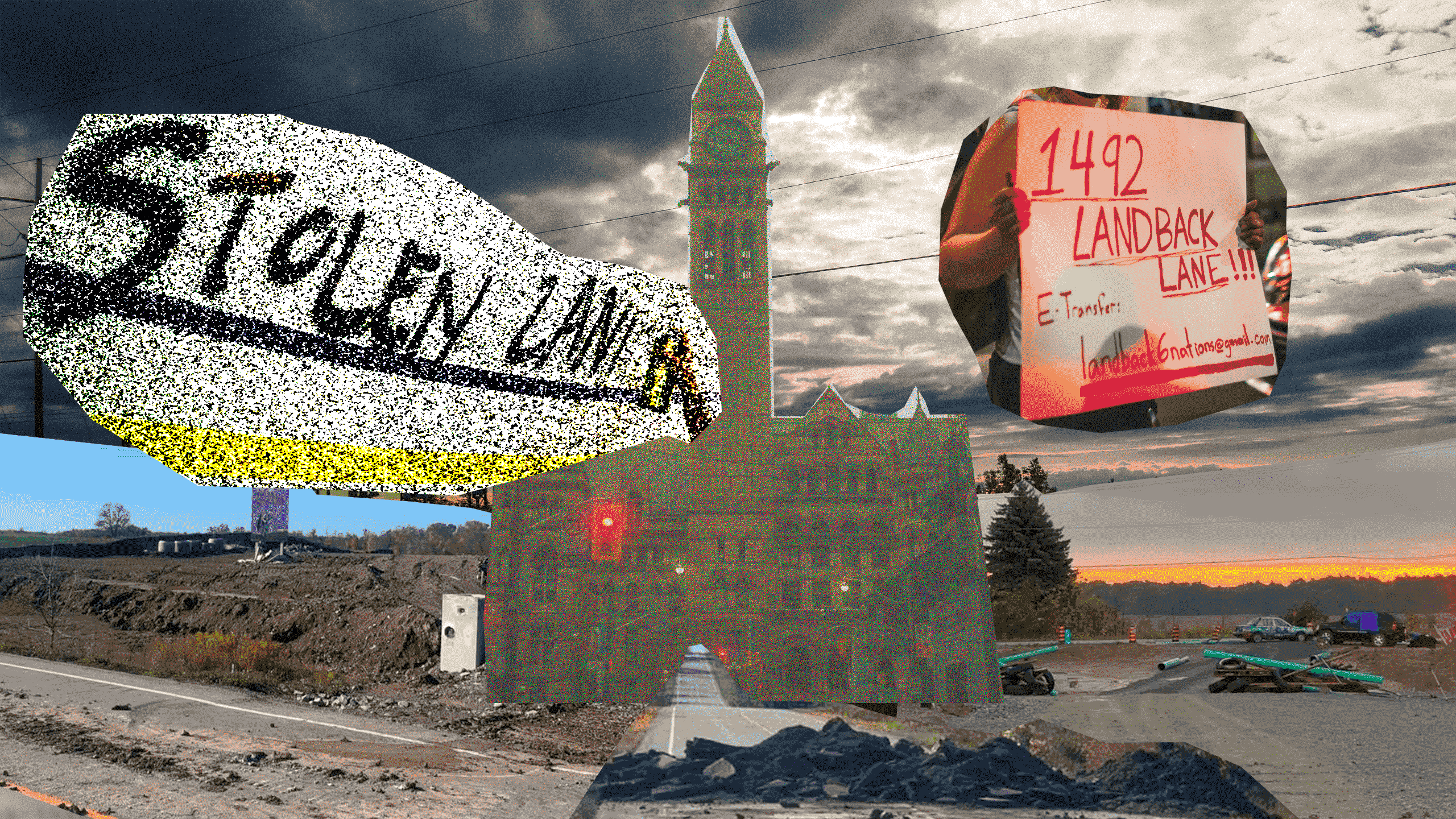
Sovereignty underfoot: Settler injunctions against Indigenous land explained
From 1492 Land Back Lane to the Trans Mountain Pipeline, here's what's really behind threats to Indigenous sovereignty
By Asha Swann
Illustration by Jimmy Kwan
Illustration by Jimmy Kwan

Sovereignty underfoot: Settler injunctions against Indigenous land explained
From 1492 Land Back Lane to the Trans Mountain Pipeline, here's what's really behind threats to Indigenous sovereignty
By Asha Swann
Illustration by Jimmy Kwan
Illustration by Jimmy Kwan